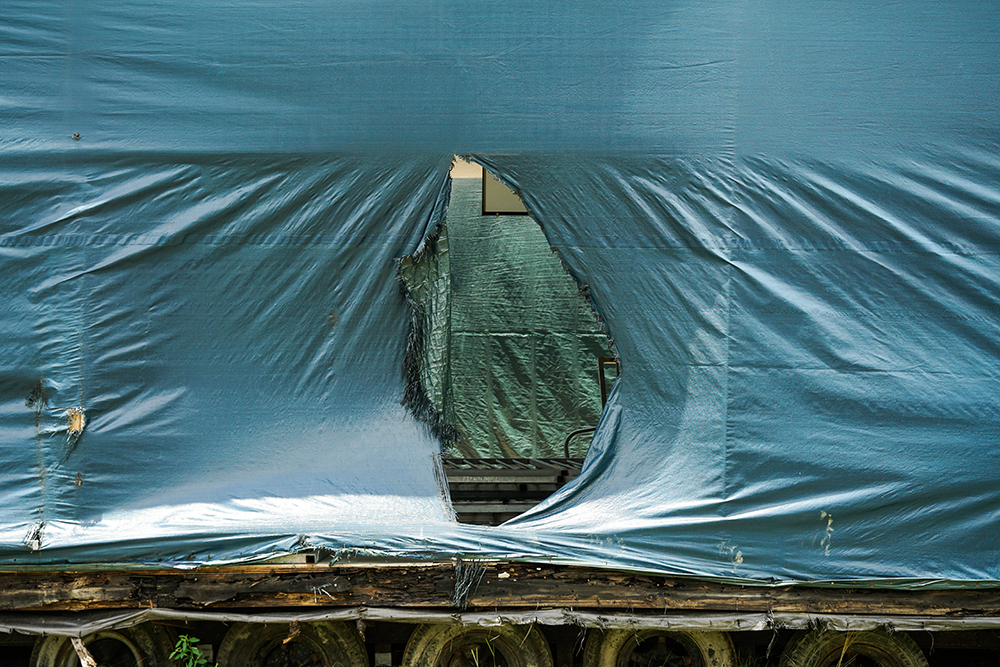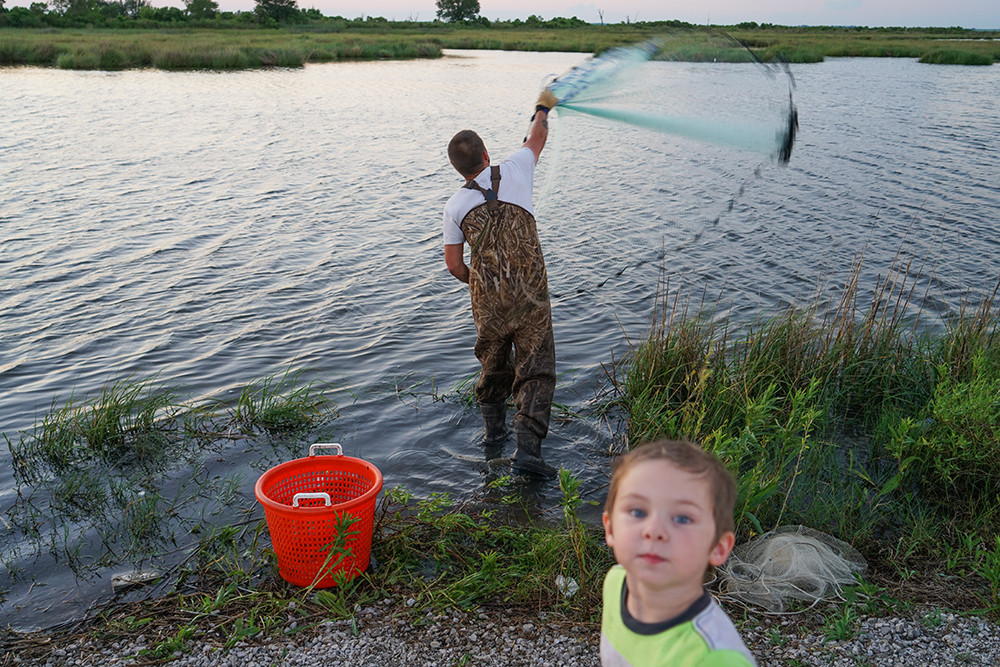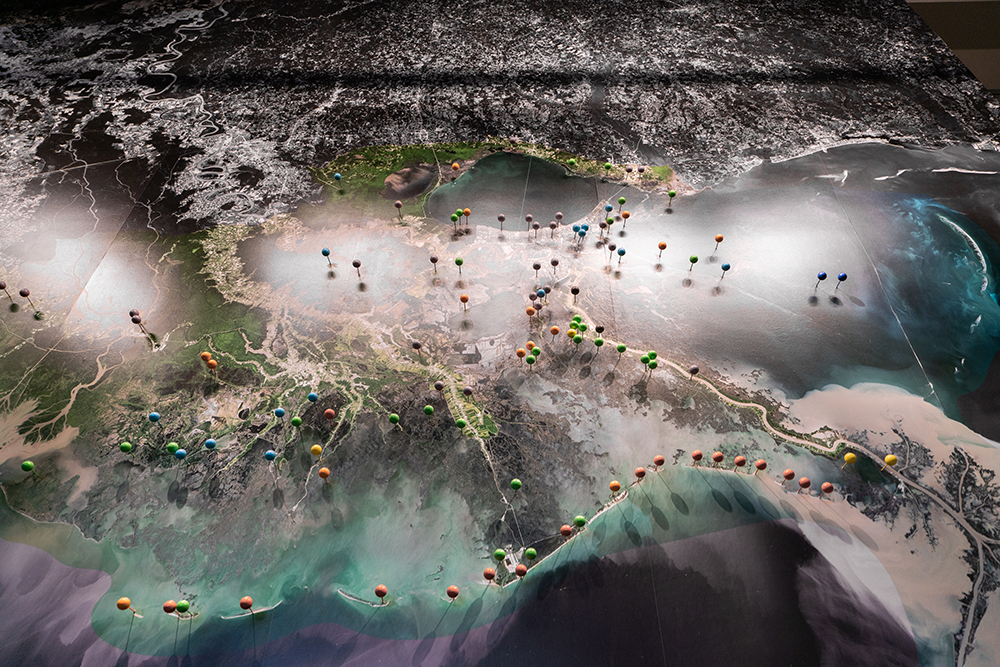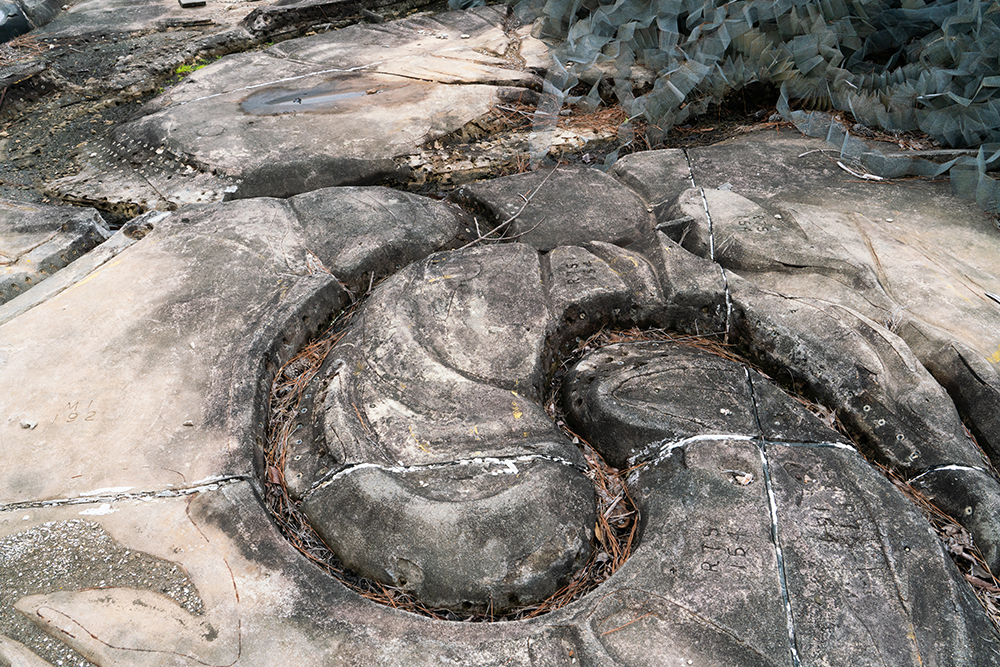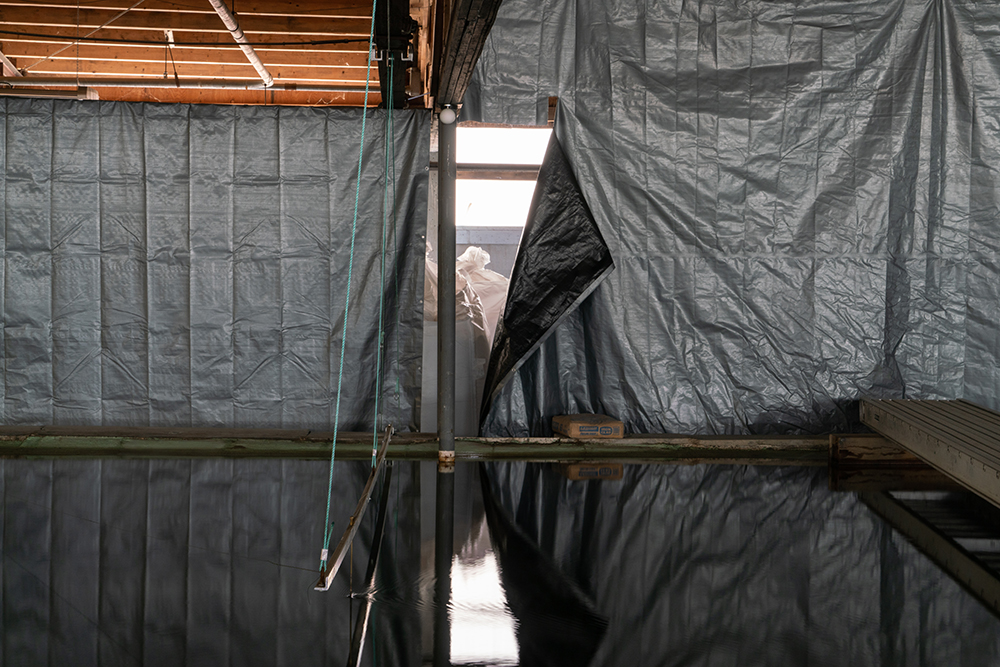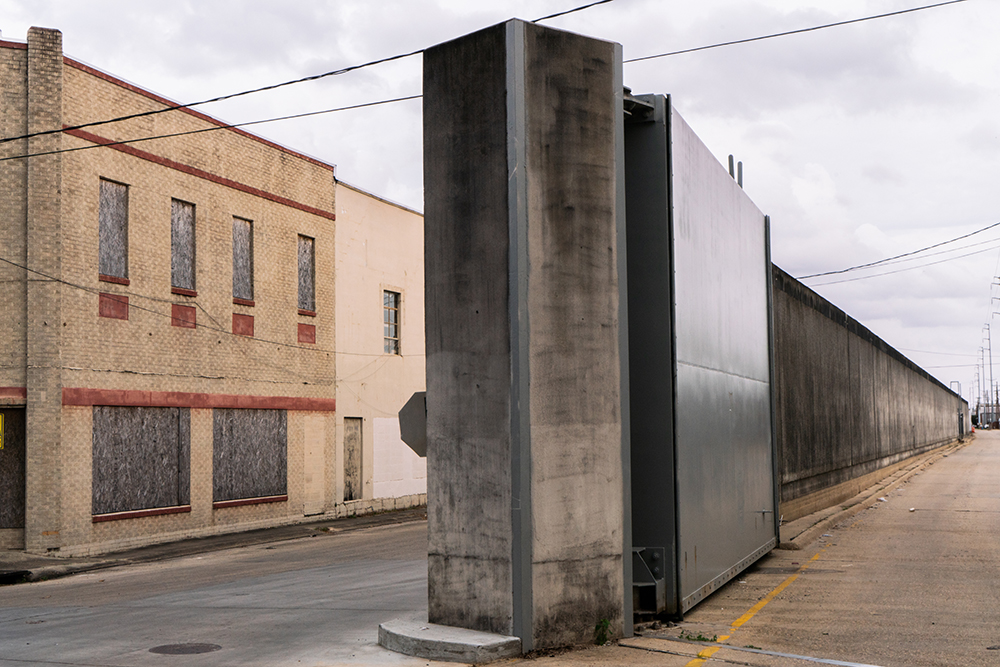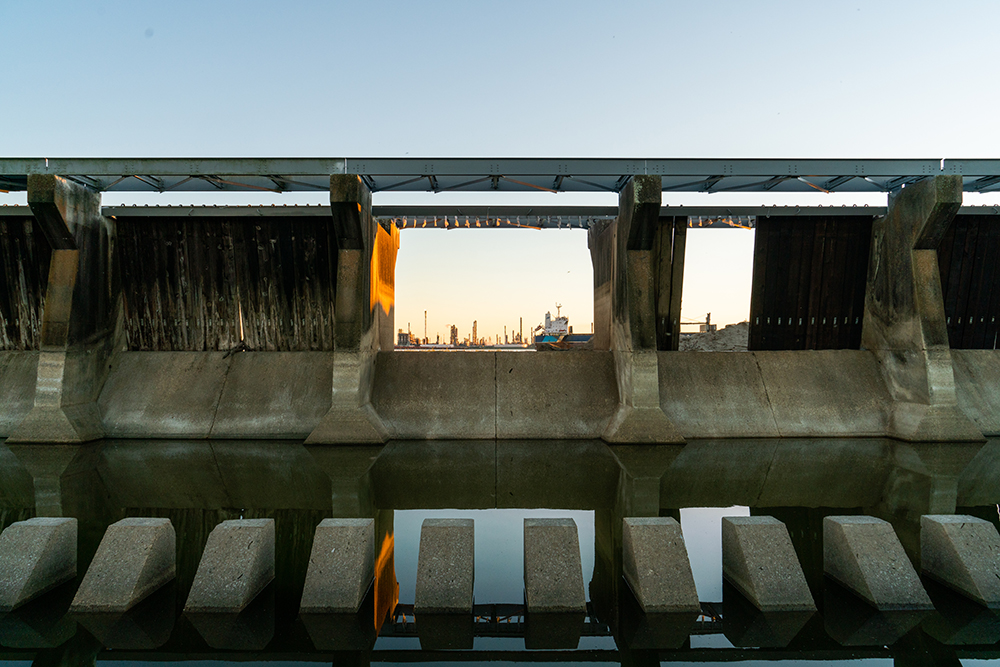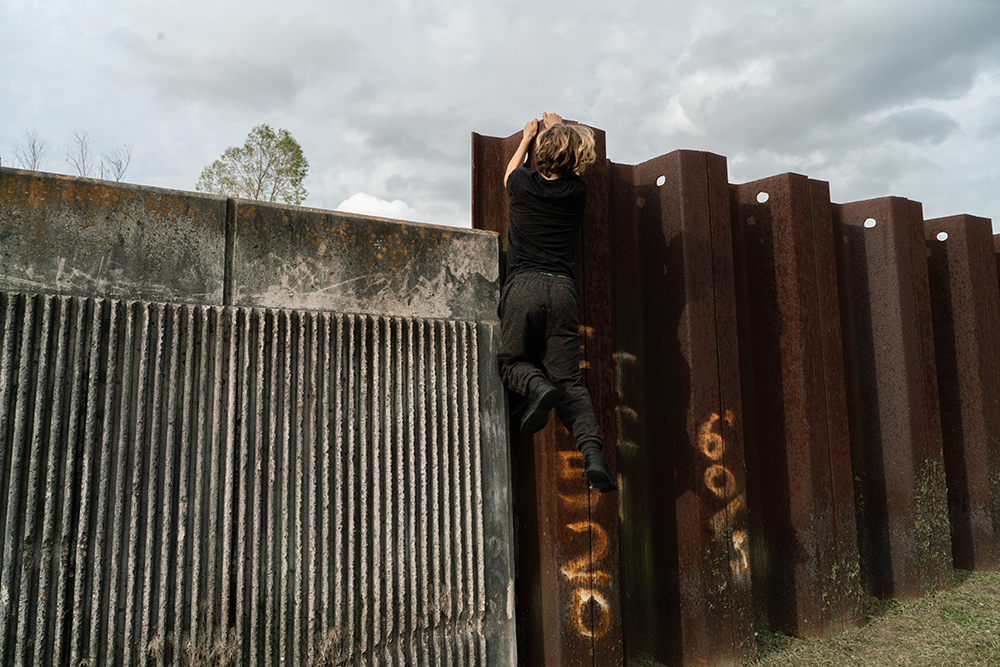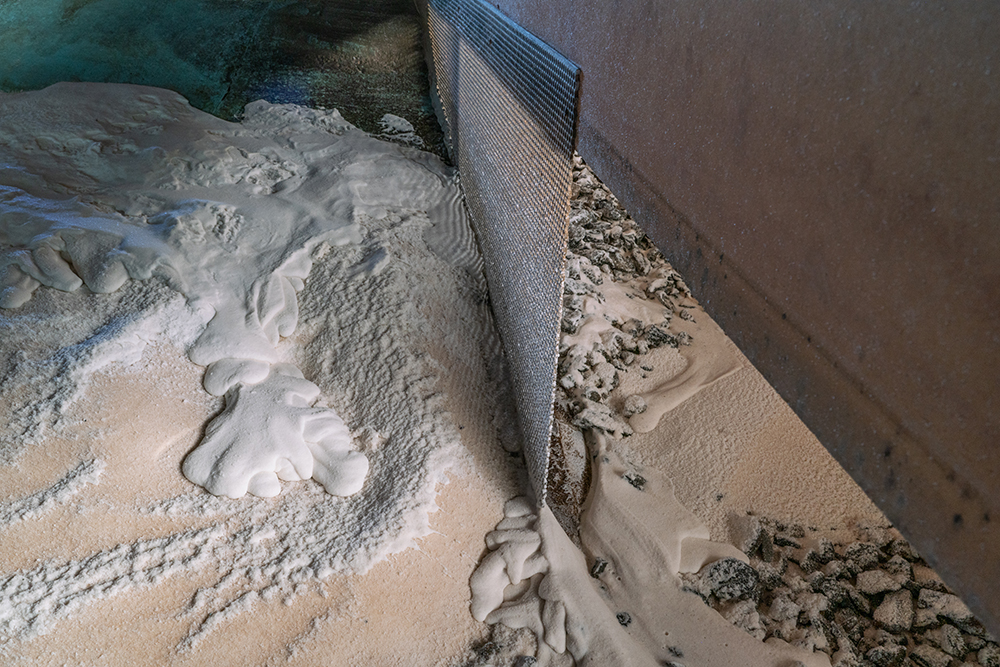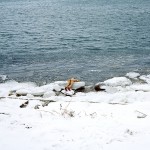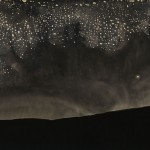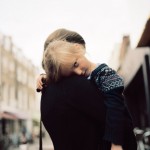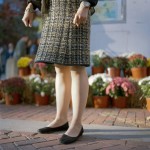The CENTER Awards: The Me&EVE Grant: Leah Dyjak
Congratulations to Leah Dyjak for being selected for CENTER’s Me&EVE Grant recognizing her project, As we play God. This grant is made possible by Review Santa Fe alumna, Dorie Hagler, whose project me&EVE amplifies the voices of women. Initiated in 2016 on International Women’s Day, this project was inspired after seeing the transformative effects of witnessing women share their stories. The me&EVE Grant provides $5,000 in financial support to a female-identified, non-binary, transgender, and/or gender non-conforming photographer, 40 years of age and over.
Annick Shen – Head of Editorial, Adobe Stock shares her thoughts on this selection:
It was a privilege to judge the 2021 me&EVE Grant. In a year that forced our global society to radically redefine our daily lives, COVID-19 brought together communities and simultaneously highlighted the painful truths of society. Most everyone has become hyper-aware of their physical, psychological, and sociological environments. Through this jurying process, it was illuminating to gain the diverse perspectives of female photographers responding to the societal shifts and struggles of our era. The submissions for the me&EVE Grant were impressive and thematically addressed racial injustice, politics, environment, economy, and the pandemic’s impact on our mental health. The range of themes and artistic styles greatly varied; some projects were hyper-focused while others were extremely expansive. The submissions that strongly resonated with me were those that we’re able to tell within the edit a compelling story with impactful imagery. The winning work, As We Play God, by Leah Dyjak rose to the top because their elegant visuals of imposing infrastructure juxtaposed with Southeastern Louisiana daily life draws one in to see the costly impact of our imposed will via human infrastructure on the environment.
 Leah Dyjak (1981, Springfield MA) received their BFA from Massachusetts College of Art and Design in 2006 and their MFA from the University of Texas at Austin in 2015. Dyjak’s work has been exhibited across the country at places such as the Houston Center of Photography, Blue Star Contemporary in San Antonio, and The Front Gallery in New Orleans. Their work is in multiple private collections and has been acquired by the Archive of Documentary Arts at Duke University. They are a past recipient of a Goldfarb Fellowship at the Djerassi Resident Artist Program in Woodside, California, and have been in residence at the Anderson Ranch in Colorado and most recently at the NARS Foundation in NYC. Recent publications include the Architectural Review, London, and the Leonardo Journal of Art and Science, MIT Press. Currently, they hold the position as Assistant Professor of Visual Art at Wheaton College MA, and live in Providence Rhode Island. Their work is represented by the Schoolhouse Gallery in Provincetown Massachusetts. IG@leahdyjak
Leah Dyjak (1981, Springfield MA) received their BFA from Massachusetts College of Art and Design in 2006 and their MFA from the University of Texas at Austin in 2015. Dyjak’s work has been exhibited across the country at places such as the Houston Center of Photography, Blue Star Contemporary in San Antonio, and The Front Gallery in New Orleans. Their work is in multiple private collections and has been acquired by the Archive of Documentary Arts at Duke University. They are a past recipient of a Goldfarb Fellowship at the Djerassi Resident Artist Program in Woodside, California, and have been in residence at the Anderson Ranch in Colorado and most recently at the NARS Foundation in NYC. Recent publications include the Architectural Review, London, and the Leonardo Journal of Art and Science, MIT Press. Currently, they hold the position as Assistant Professor of Visual Art at Wheaton College MA, and live in Providence Rhode Island. Their work is represented by the Schoolhouse Gallery in Provincetown Massachusetts. IG@leahdyjak
As we play God
The way landscape photography aestheticized historically often excludes conflict, contested histories, and social-ecological concerns. In my photographic work, I try to expose photography’s broader potential, as it can create links between the viewer and urgent social issues that connect to the collective body and the experience of climate change.
As We Play God is a visual investigation into infrastructure failure and environmental collapse in the fastest-disappearing land on earth: Southeastern Louisiana. In this photographic and field research project, I look at the poetry of material systems’ failures by finding the human errors that collide with weather events to produce economically and spiritually costly catastrophes such as levee breaches and flooding.
River deltas are dynamic, building, or eroding based on the rate of sediment deposit. However, since the original colonization of the homelands of the Choctaw and Chitimacha people, the “taming” interventions of the river system by the Army Corps of Engineers for short-sighted economic gain has increased dramatically; human infrastructure has choked these wild, living waterways, causing die-offs of entire ecosystems. My photographs attempt to unveil the absurdity of a white supremacist culture’s continued reliance on outdated technologies and ways of thinking—sandbags, small-scale physical models, myopic, protection of private interest —to provide a remedy for current environmental collapse.
Through image-making, I hope to apply a visuality to the Anthropocene and the dire condition of a warming planet. My photographic work attempts to trace the fine line between hope and denial and how that relates to massive infrastructure projects meant to combat the inevitable of a rising water line. I am interested in how our perception of place is derived from an ever-shifting river and the always constructed levee edge. These resource-intensive infrastructure projects attempt to combat inevitable flooding. My work traces the space for failure in the scientific reality that is present in these reliably futile efforts.
Posts on Lenscratch may not be reproduced without the permission of the Lenscratch staff and the photographer.
Recommended
-
Arnold Newman Prize: C. Rose Smith: Scenes of Self: Redressing PatriarchyNovember 24th, 2025
-
Celebrating 20 Years of Critical Mass: Cathy Cone (2023) and Takeisha Jefferson (2024)October 1st, 2025
-
Celebrating 20 Years of Critical Mass: George Nobechi (2021) and Ingrid Weyland (2022)September 30th, 2025
-
Celebrating 20 Years of Critical Mass: Amy Friend (2019) and Andrew Feiler (2020)September 29th, 2025
-
Celebrating 20 Years of Critical Mass: Jennifer McClure (2017) and JP Terlizzi (2018)September 28th, 2025

